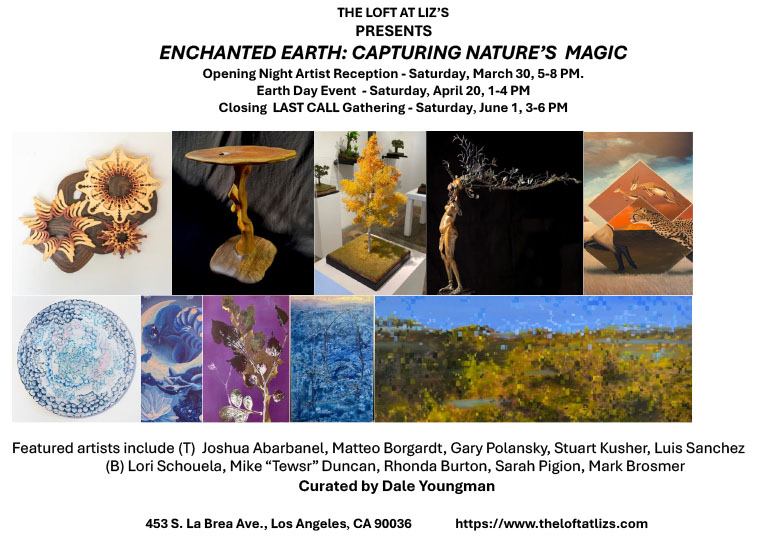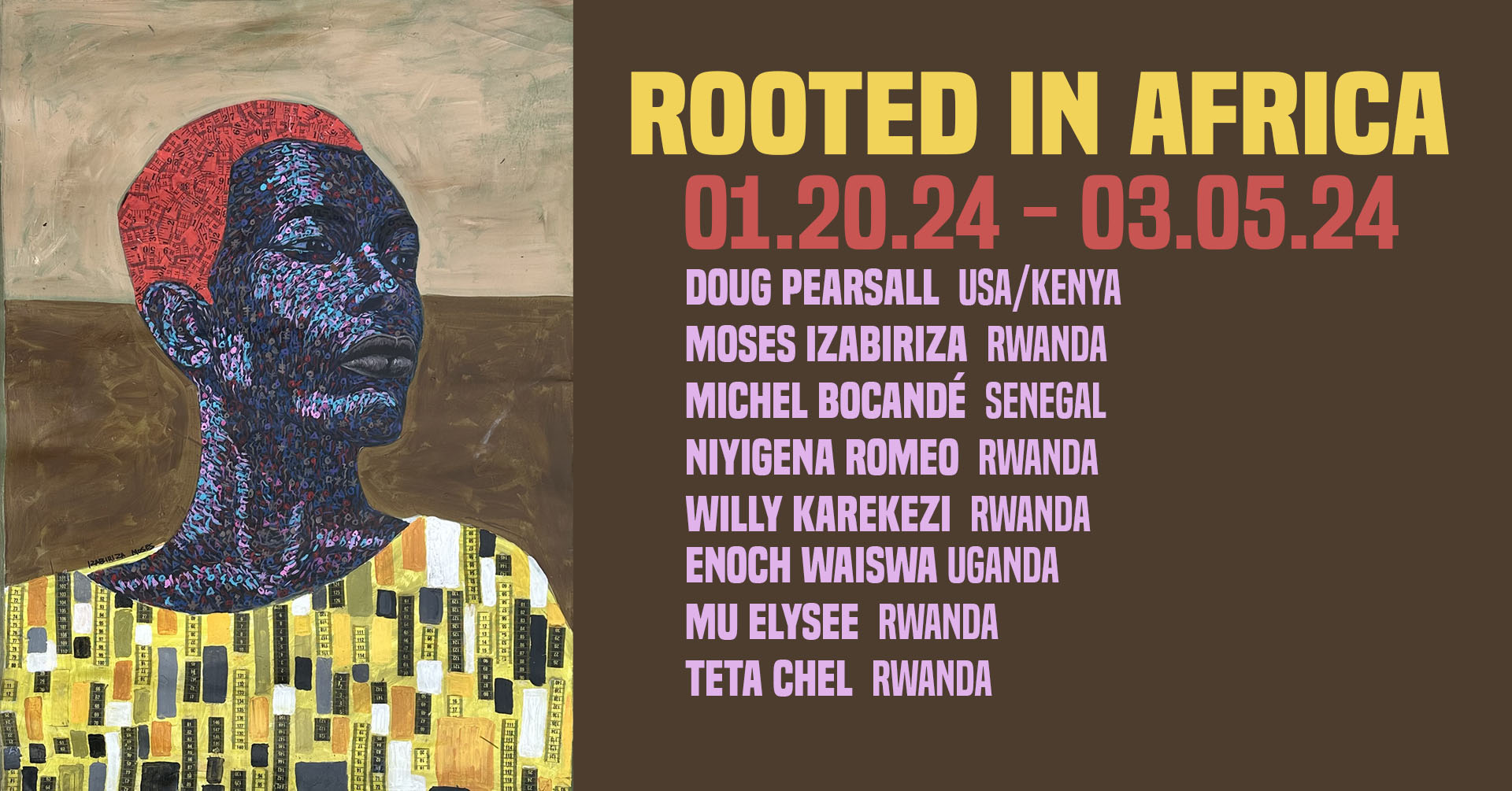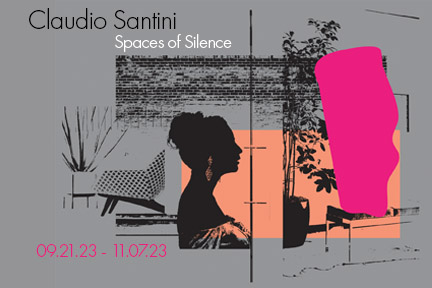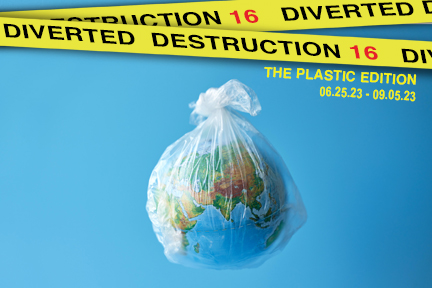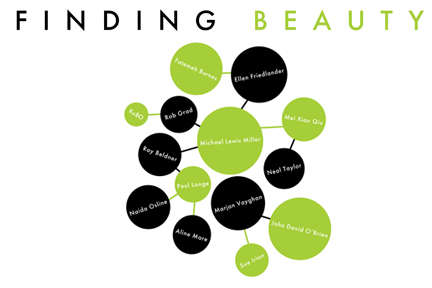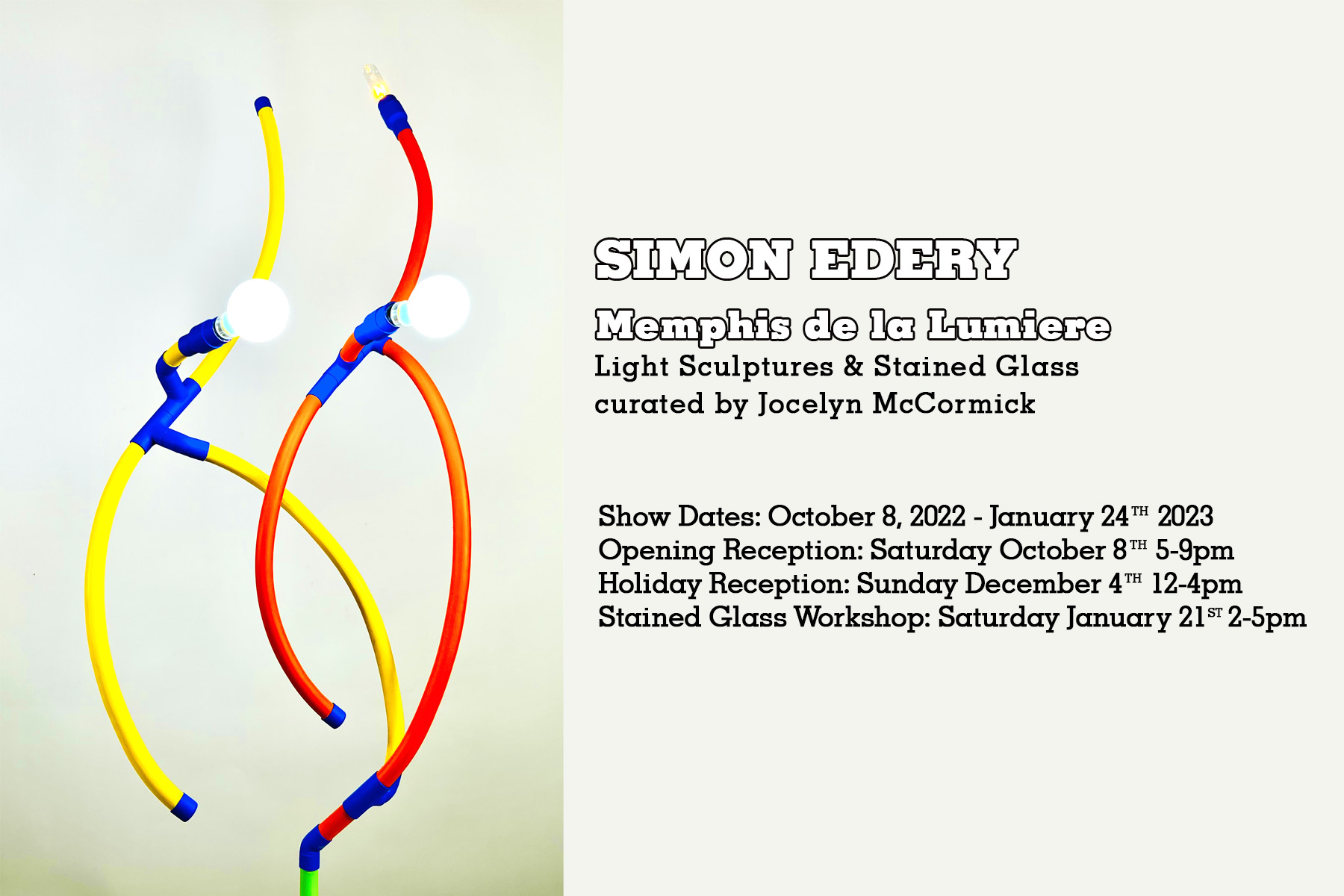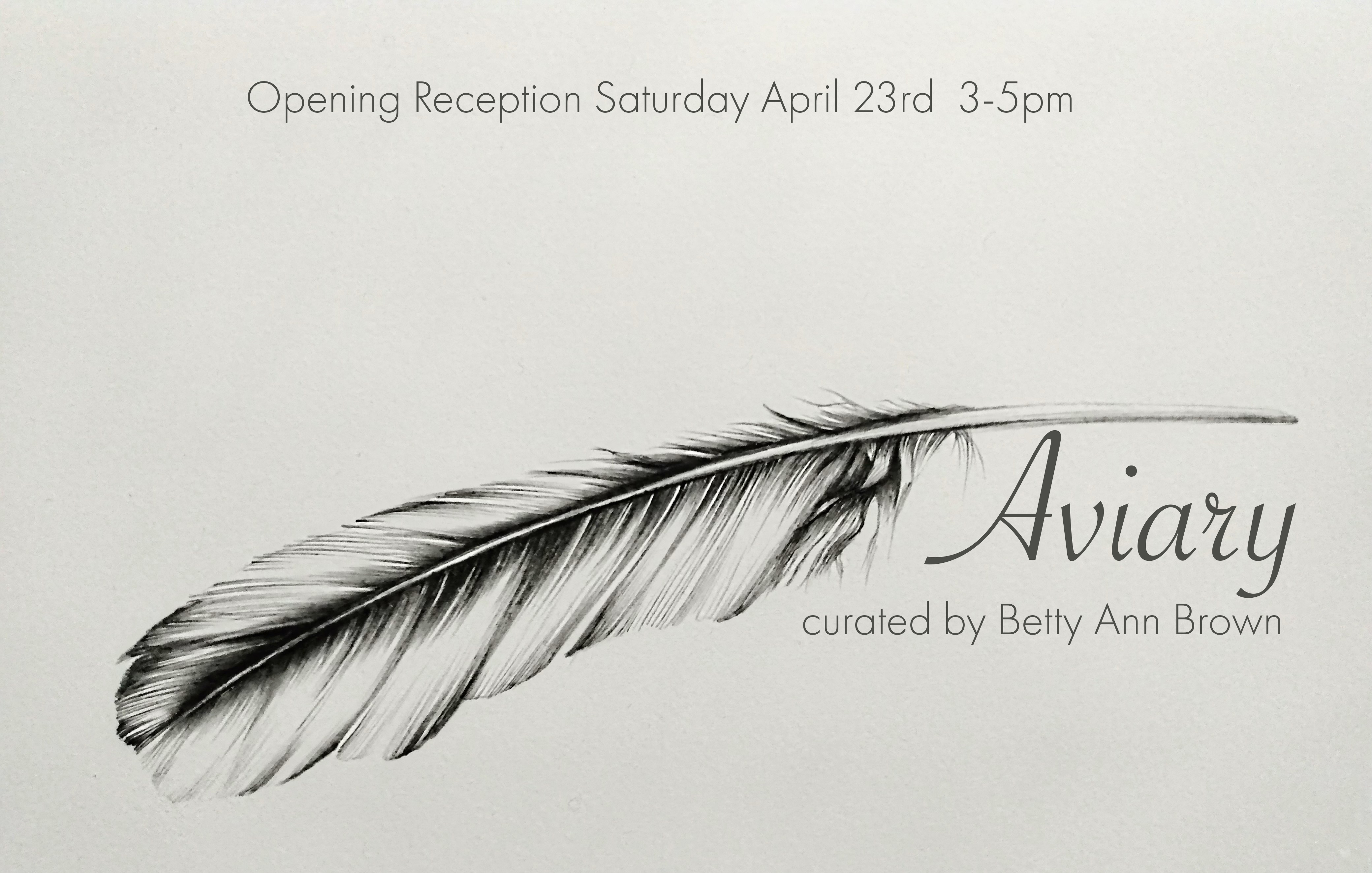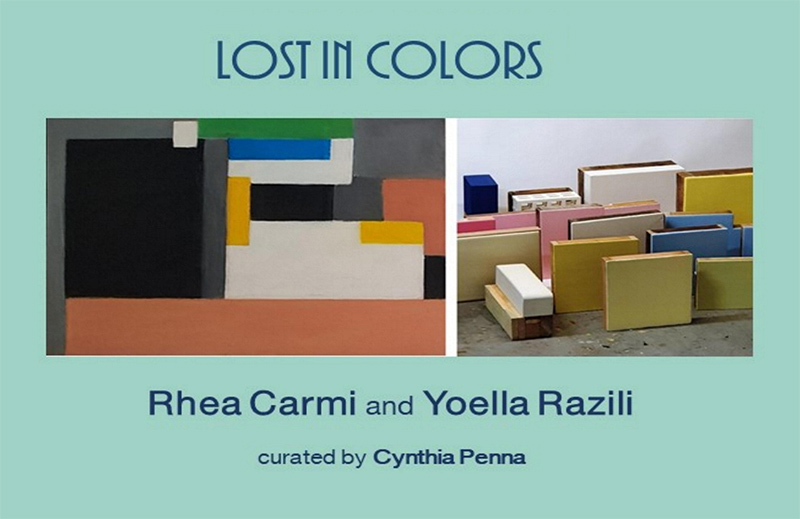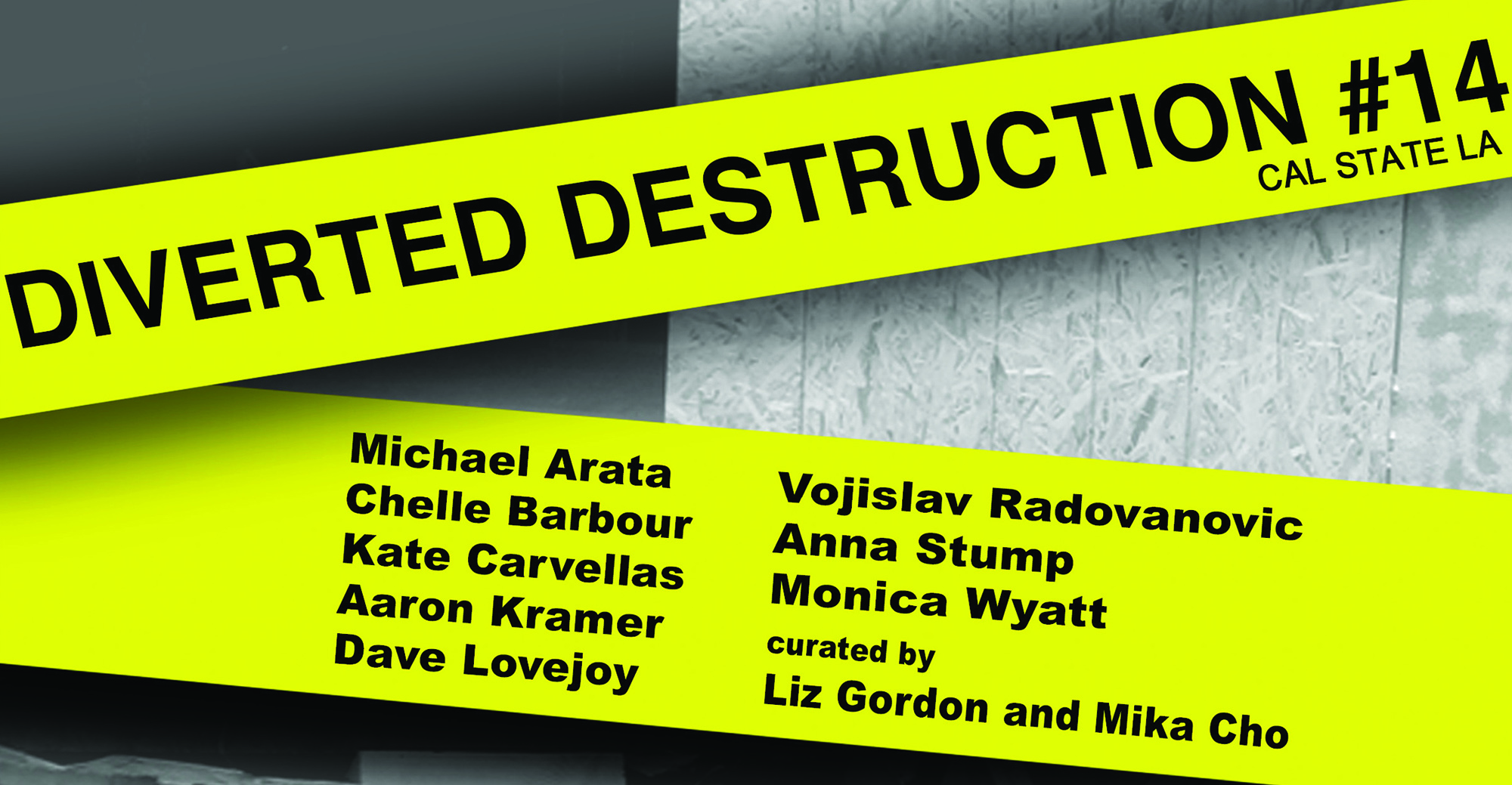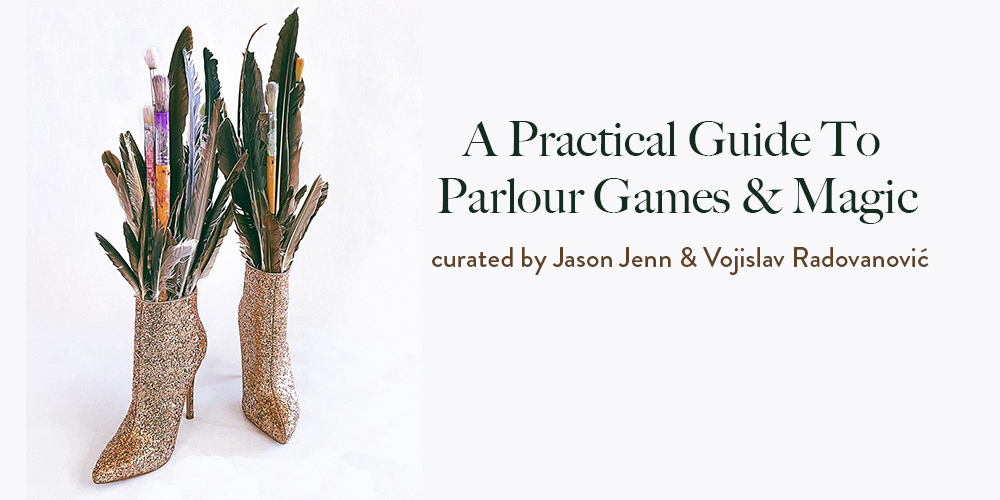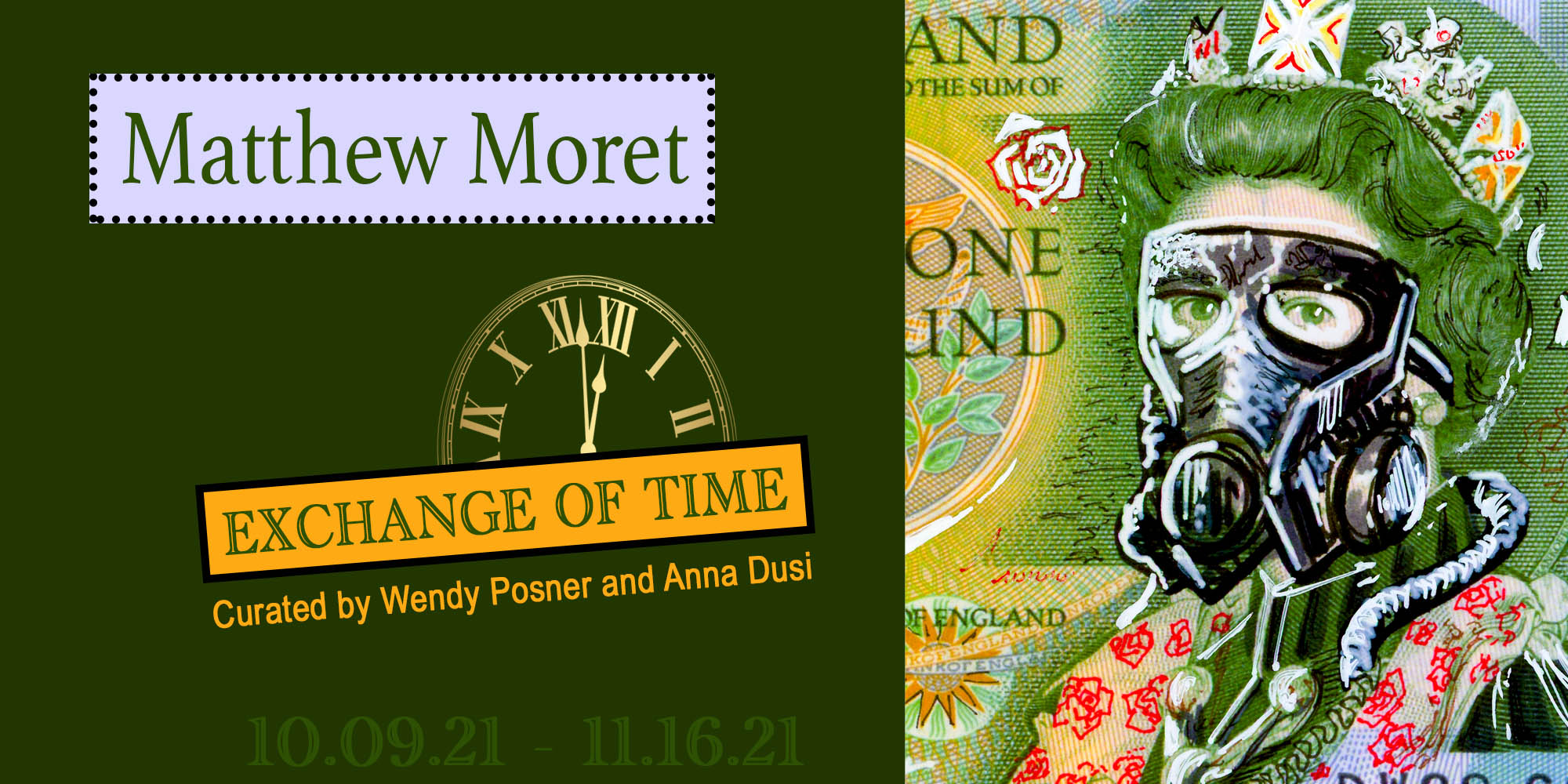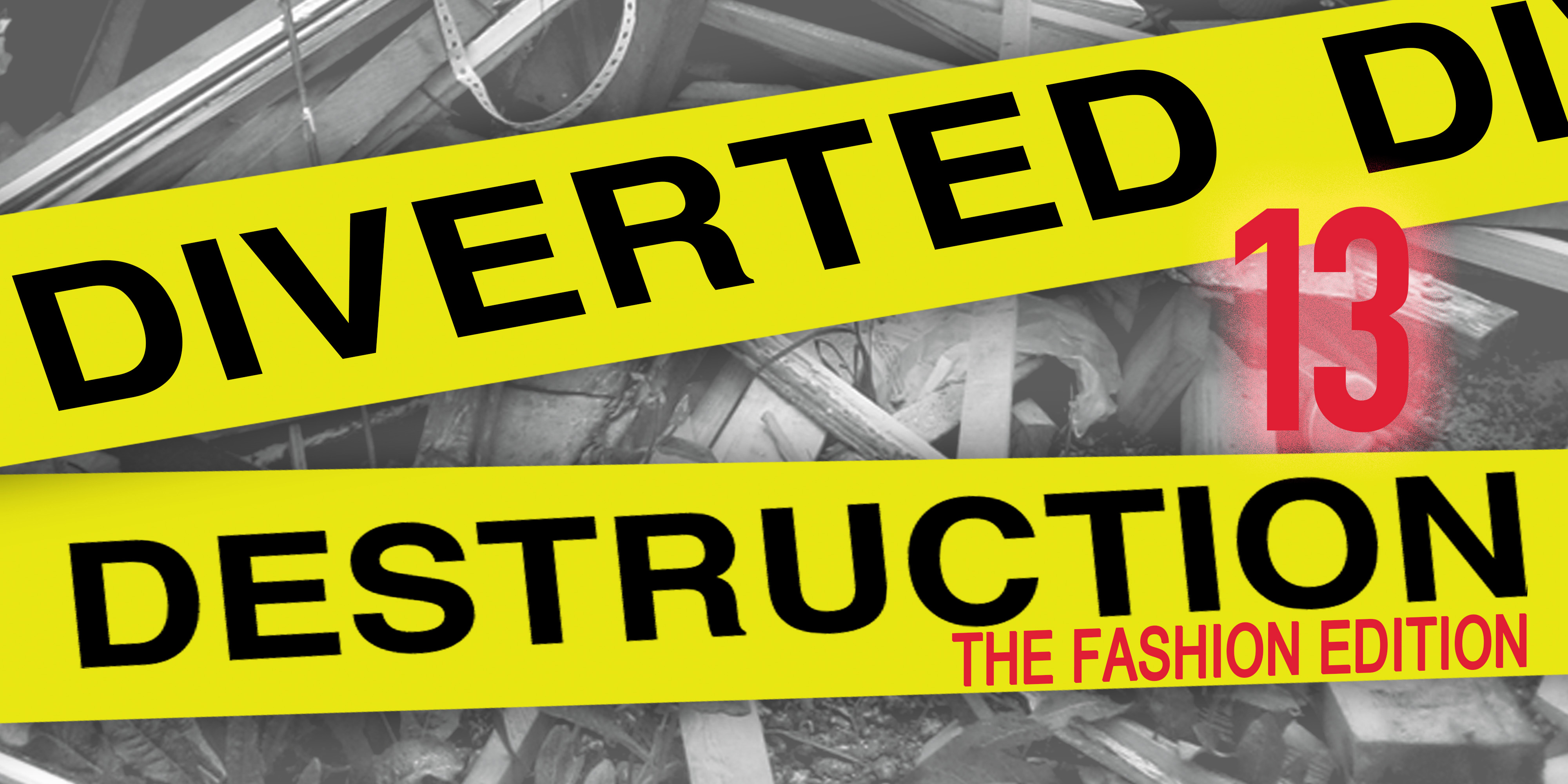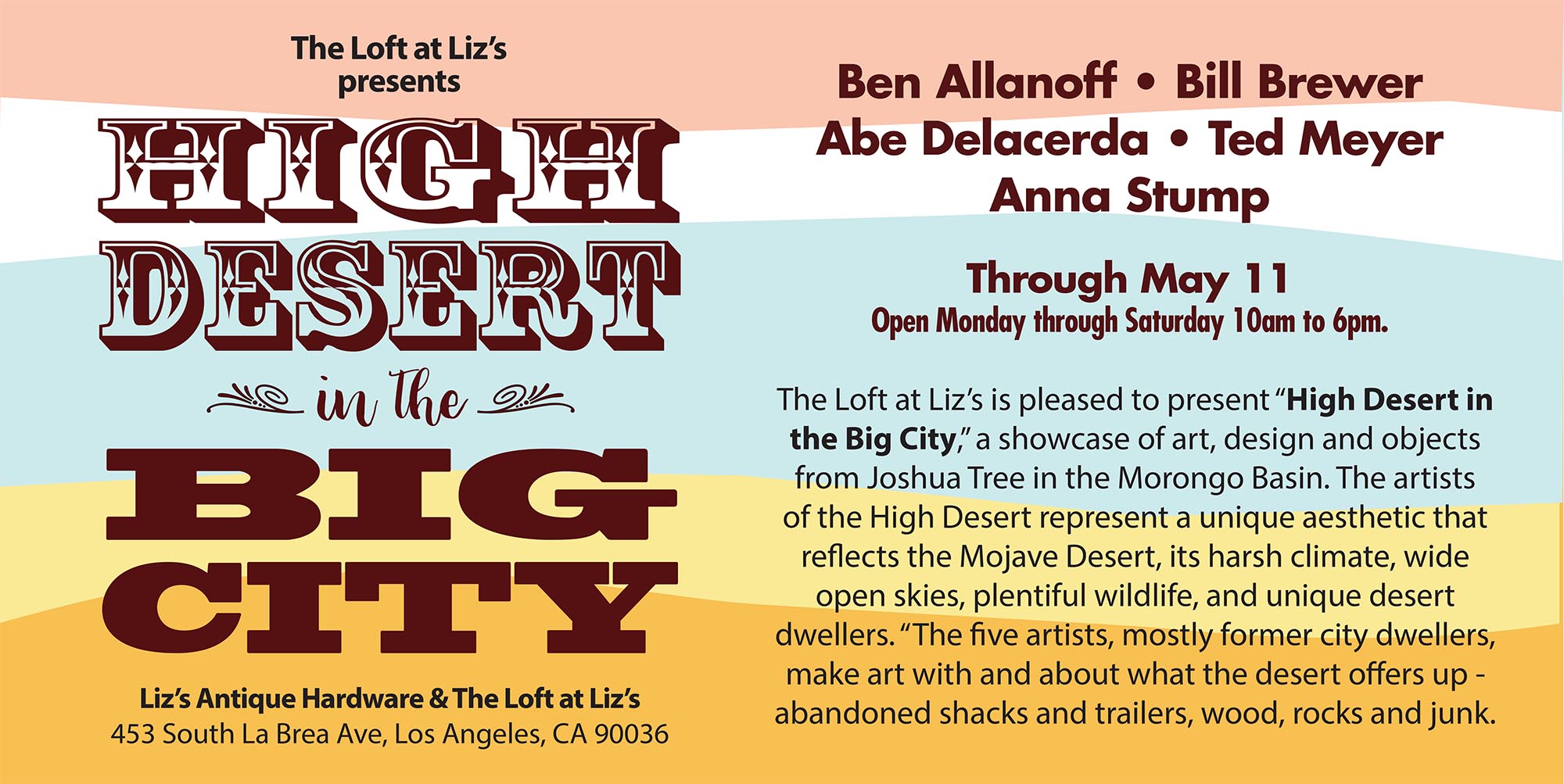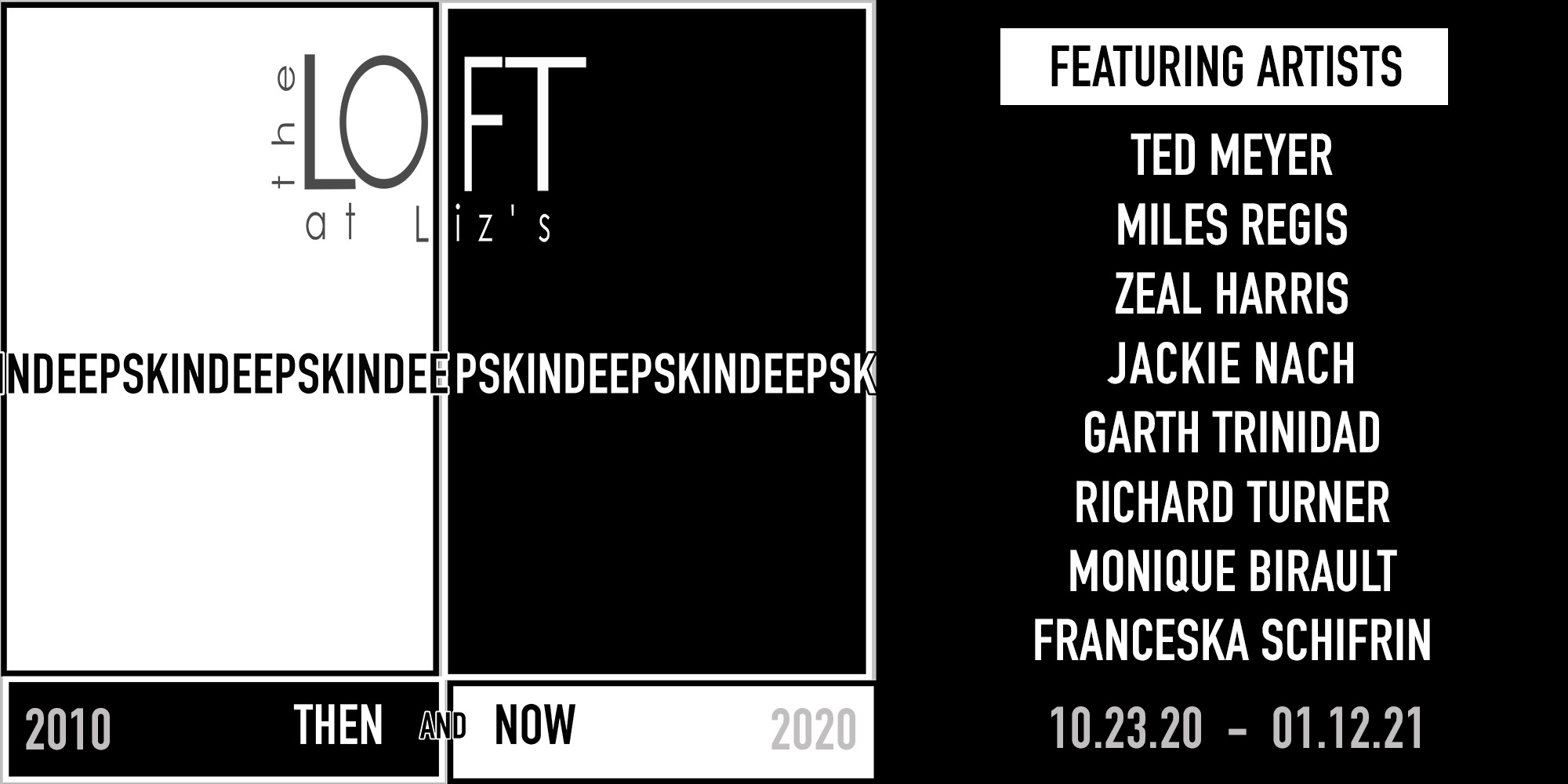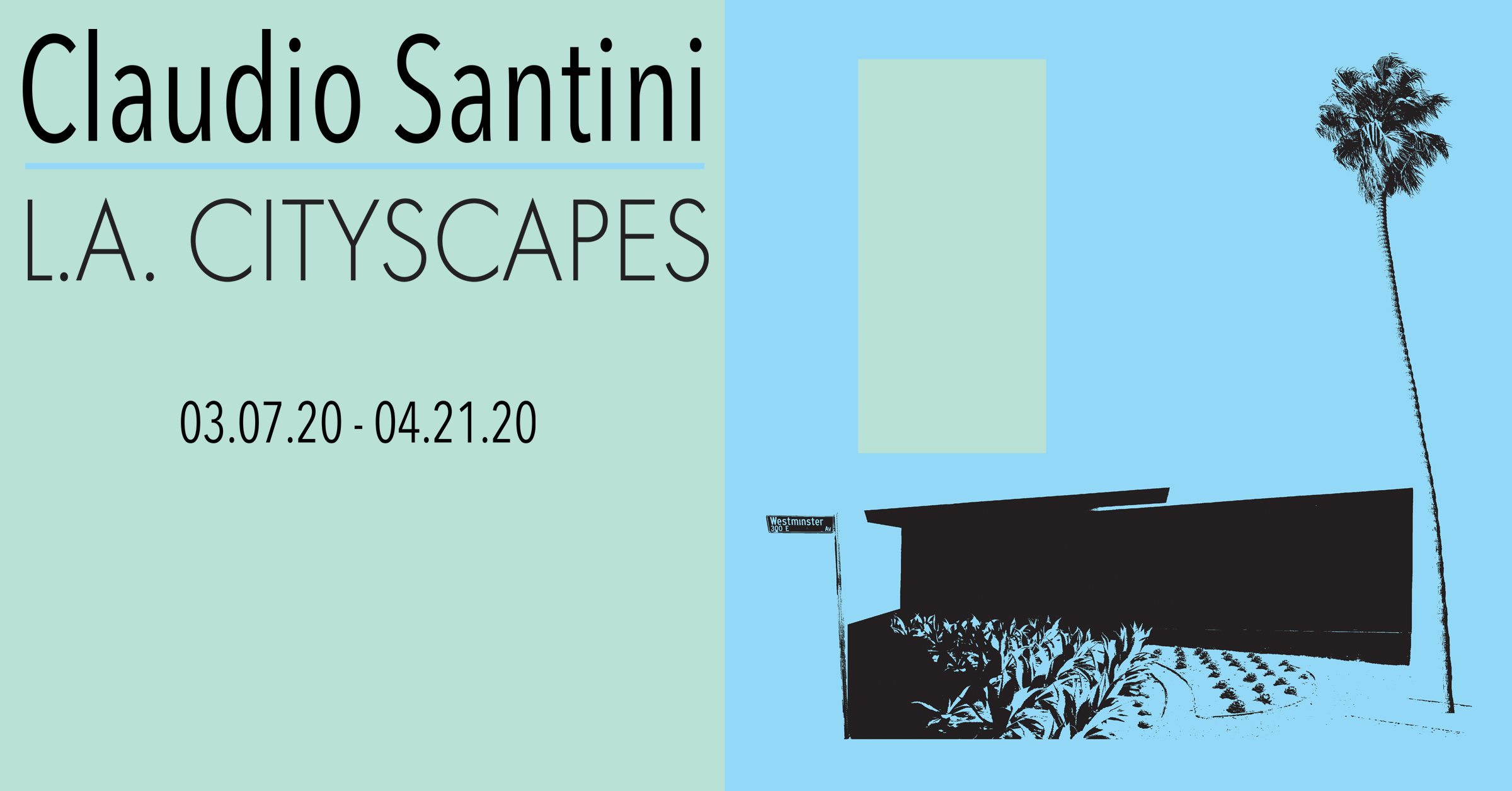Maddy Le Mel
By Loft, July 2nd, 2009,in | Comments Off on Maddy Le Mel
This collection of pieces grew from my meditations on the shared existence of humans and trees, and how our very survival is intertwined. Breathing their oxygen, we lean on them for life itself. And like them, we’re drawn towards the sun and pulled by the same gravity towards the center of the earth. Their attributes even color our language — we speak of ‘branching out,’ or ‘returning to our roots.’ And we feel ‘grounded’ when surrounded by those we love. It is no accident that we embrace the image of our ‘family tree.’
A sense of kinship with these vibrant, silent beings led me to explore the iconic forms of trees in the series of pieces called Seedlings. I wanted to examine, in the palms of my hands, the shapes that have fascinated humankind throughout time.
We’ve come to see gnarled oaks as symbolizing masculine strength, and we imagine that the feminine boughs of a willow seem to weep. Across all cultures, evergreens have represented eternal life, while the trees that shed their leaves in autumn remind us that individual lives are finite, but that life regenerates in spring.
It may seem ironic that I have chosen to create these ‘natural selections’ out of
manufactured elements like wire, plastic, glass, netting and wax. My ‘forest’ of pieces is admittedly an imagined ecology. Artists who work with found objects
are the opposite of wood carvers – we use the castoffs of industrial society to evoke the beauty of organic forms.
The experience of creating these pieces has caused me to see trees in a new way –beyond admiring them as creatures beautiful in form, my appreciation of the crucial relationship between humankind and nature has deepened significantly.
As Marcel Proust once wrote, “The voyage of discovery is not in seeking new landscapes, but in having new eyes.”
Maddy Le Mel
[nggallery id=25]
This body of work by assemblage, sculpture and installation artist Maddy Le Mel reveals her intriguing approach to dimensional mixed-media constructions.
Juxtapositions are often whimsical, with delicate wire or metal rods binding compositions with other materials in unexpected ways. Frequently shrouded by layers of fragile Japanese paper, the embedded histories of these objects lurk below the surface. At times, these surfaces act like translucent or half-veiled skin, allowing light to shine through and offering glimpses of what lies beneath. Not everything is revealed at once. Intriguing shadows cast by these pieces extend their dimensions into space.
From many perspectives, these transformed objects reveal more than their individual histories – in new combinations they take on ‘second lives.’ The objects function as collaborators in a provocative articulation of a delicate yet utterly tireless force of life. In a poignant balancing act, each work animates a new physical reality even as memory of the old remains intact.






